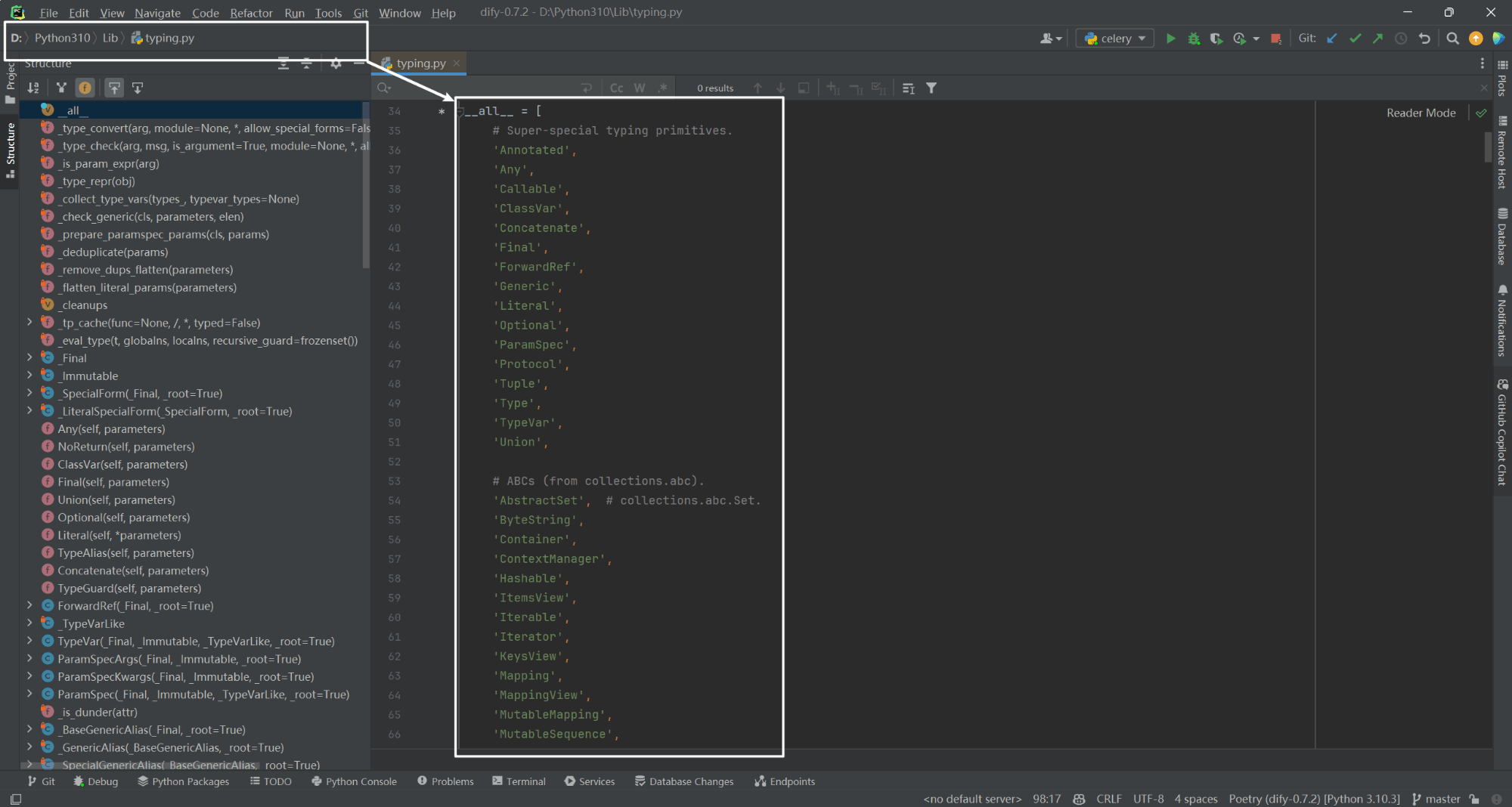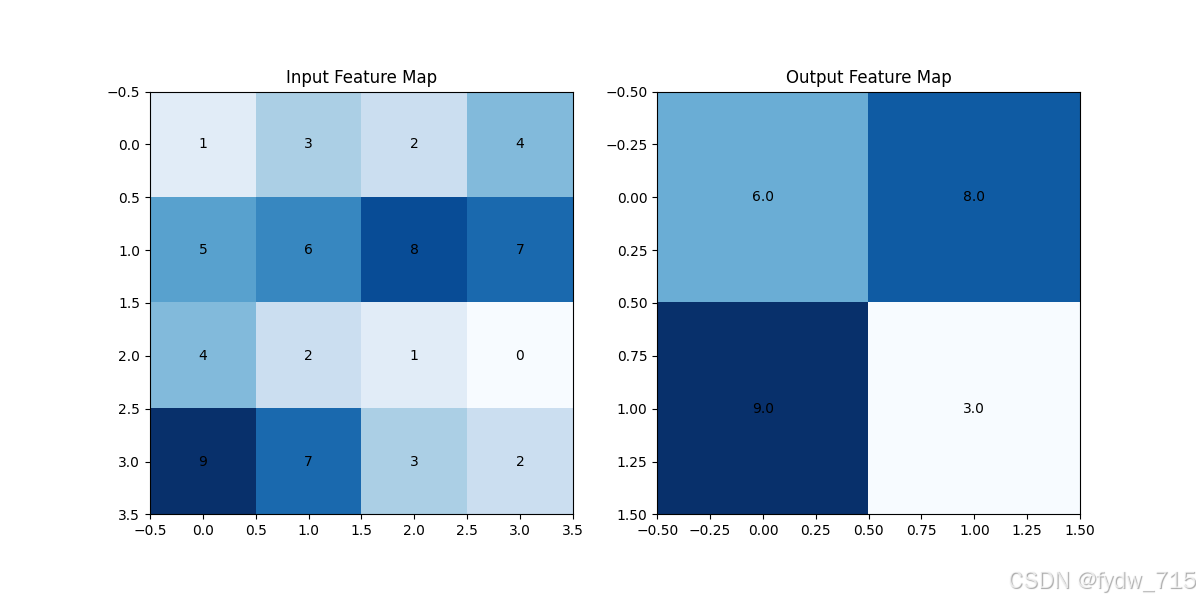python创建字典(dict)的几种方法小结(含代码)
字典(Dictionary)是Python中一种非常灵活的数据结构,用于存储键值对(key-value pairs)。在Python中创建字典有多种方法,每种方法都有其特定的使用场景和优势。 本文将详细介绍Python中创建字典
|
字典(Dictionary)是Python中一种非常灵活的数据结构,用于存储键值对(key-value pairs)。在Python中创建字典有多种方法,每种方法都有其特定的使用场景和优势。 本文将详细介绍Python中创建字典的几种常见方法,包括相关知识讲解、代码示例以及实际应用案例。 一、字典特点字典是一种可变容器模型,且可存储任意类型对象,包括数字、字符串、列表、元组、甚至其他字典。 字典的每个键值对用冒号:分隔,每个对之间用逗号,分隔,整个字典包括在花括号{}中。 字典包含如下特点:
二、创建字典方法方法一:花括号直接创建
方法二:dict()构造函数
方法三:字典推导式
方法四:collections模块
方法五:直接创建空字典
方法六:通过dict和zip创建
方法七:fromkeys()创建
三、应用案例案例一:使用字典存储用户信息
案例二:使用defaultdict处理不完整的数据
案例三:使用字典推导式生成幂次方字典
过程中的注意事项字典的键必须是不可变类型,如字符串、数字或元组。 在Python 3.7+中,字典保持插入顺序,但这不是语言规范的一部分,因此依赖此特性可能存在风险。 使用defaultdict和OrderedDict时,需要从collections模块导入。 总结 |
您可能感兴趣的文章 :
-
python创建字典(dict)的几种方法小结(含代码)
字典(Dictionary)是Python中一种非常灵活的数据结构,用于存储键值对(key-value pairs)。在Python中创建字典有多种方法,每种方法都有其特定 -
基于python实现动态烟雾效果的介绍
动态烟雾效果常用于游戏和动画中,为场景增添 逼真的视觉效果。在这篇博客中,我们将使用Python和Pygame库来创建一个逼真的烟雾动画效果 -
Python pip更换清华源镜像
在安装Python库时使用清华源镜像是为了改善库的下载速度和稳定性 地址:https://pypi.tuna.tsinghua.edu.cn/simple 命令安装 安装命令: 1 pip install 包 -
Python中xml.etree.ElementTree的使用
xml.etree.ElementTree(简称ElementTree)是Python标准库中用于处理XML文件的模块。它提供了简洁且高效的API,适用于解析、创建和修改XML文档。在需 -
python中concurrent.futures的具体使用
concurrent.futures是 Python 标准库中用于并行编程的高级模块,它提供了一种高级别的接口来管理线程和进程。通过这个模块,你可以轻松地利用 -
解决Python调用df.to_csv()出现中文乱码的问题
Python调用df.to_csv()出现中文乱码 1 2 3 4 df = pd.DataFrame(data=total_info, columns=[公司全名, 公司简称, 公司规模, 融资阶段, 区域, 职位名称, 工作经验 -
python实现列表推导式与生成器的介绍
列表推导式和生成器是 Python 中的两个非常有用的工具。它们可以帮助你以简洁和高效的方式创建和处理数据集合。了解它们的用法不仅可以
-
python批量下载抖音视频
2019-06-18
-
利用Pyecharts可视化微信好友的方法
2019-07-04
-
python爬取豆瓣电影TOP250数据
2021-05-23
-
基于tensorflow权重文件的解读
2021-05-27
-
解决Python字典查找报Keyerror的问题
2021-05-27













